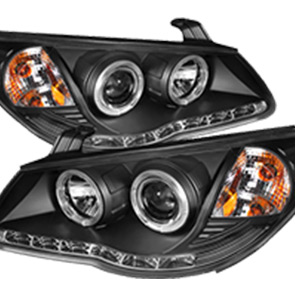adjusting the throttle cable
Adjusting the Throttle Cable A Comprehensive Guide
The throttle cable is a crucial component in any vehicle's performance, playing a pivotal role in controlling the engine's power output. Ensuring that this cable is correctly adjusted is essential for optimal vehicle performance, fuel efficiency, and overall driving experience. In this article, we’ll explore the importance of the throttle cable, signs that it may need adjustment, and step-by-step instructions on how to adjust it effectively.
Understanding the Throttle Cable
The throttle cable connects the accelerator pedal to the engine's throttle body. When you press the accelerator pedal, it pulls the throttle cable, which opens the throttle plate, allowing more air to mix with fuel in the engine. This process results in increased engine power and speed. Over time, the throttle cable may stretch or wear out, leading to issues such as poor acceleration, jerky movements, or unresponsive throttle.
Signs That Adjustment is Necessary
There are several indicators that your throttle cable may need adjustment. If you notice any of the following symptoms, it’s time to evaluate the condition of your throttle cable
1. Delayed Acceleration If there’s a noticeable lag between pressing the accelerator and the car responding, it may be due to a slack throttle cable.
2. Unresponsive Throttle If the accelerator pedal feels stuck or does not return to its original position, the cable could be obstructed or improperly adjusted.
3. Inconsistent Power If the engine power feels unpredictable or fluctuates unexpectedly, this could indicate a problem with cable tension.
4. Check Engine Light Sometimes, a malfunction in the throttle response can trigger the check engine light, necessitating further inspection.
How to Adjust the Throttle Cable
adjusting the throttle cable

Adjusting the throttle cable is a straightforward process that can enhance your vehicle's performance. Follow these steps for effective adjustment
1. Gather Necessary Tools You will need a wrench or socket set, pliers, and possibly a screwdriver depending on your vehicle model.
2. Locate the Throttle Cable Open the hood and locate the throttle cable attached to the throttle body and the accelerator pedal. Refer to your vehicle’s service manual for specific diagrams.
3. Inspect the Cable Check for fraying, kinks, or wear. If you notice any damage, it’s best to replace the cable rather than adjust it.
4. Adjust the Cable Tension At the throttle body end or the accelerator pedal end, you’ll find an adjustment screw or a mechanism to increase or decrease tension. Loosen the lock nut (if present), then turn the adjustment screw to either add tension (by pulling the cable tighter) or reduce tension (by allowing slack).
5. Test the Adjustment Once adjusted, press the accelerator pedal to ensure smooth operation. The throttle should respond immediately without any hesitation or sticking.
6. Recheck the Tension After a test drive, it’s wise to recheck the cable tension to ensure it remains in optimal condition.
7. Regular Maintenance Keeping an eye on your throttle cable’s condition can prevent future issues. Regularly inspect for signs of wear and perform adjustments as needed.
Conclusion
Adjusting the throttle cable is a simple task that can have a significant impact on your vehicle’s performance. By paying attention to the signs and performing regular maintenance, you can ensure that your vehicle operates smoothly and responds quickly to your commands. Remember, a well-adjusted throttle cable not only enhances performance but also contributes to a safer driving experience. If you’re uncertain about any step in the process, don’t hesitate to consult a professional mechanic for assistance.
-
Workings of Clutch Pipe and Hose SystemsNewsJun.04,2025
-
The Inner Workings of Hand Brake Cable SystemsNewsJun.04,2025
-
The Secrets of Throttle and Accelerator CablesNewsJun.04,2025
-
The Hidden Lifeline of Your Transmission Gear Shift CablesNewsJun.04,2025
-
Demystifying Gear Cables and Shift LinkagesNewsJun.04,2025
-
Decoding Clutch Line Systems A Comprehensive GuideNewsJun.04,2025
